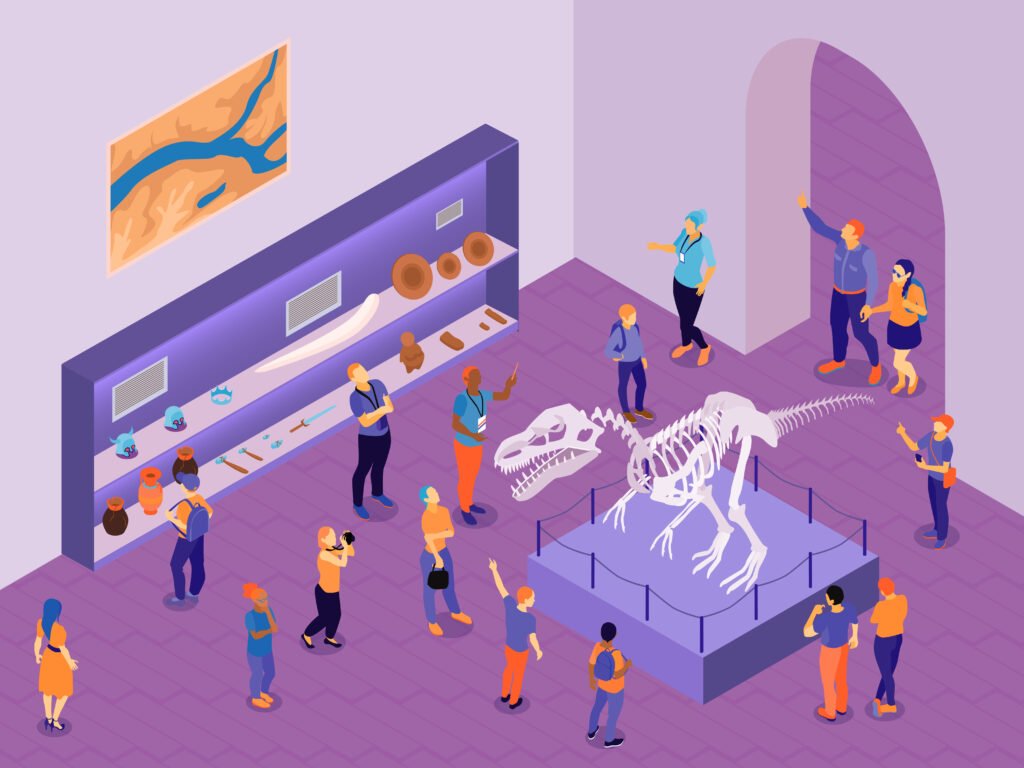The online solar system simulations on this page will help us to discover the structure and some of the most interesting characteristics of the space of the universe where we are.
What is the Solar System
The solar system is a fascinating planetary system found in the Milky Way, our galaxy. It is composed of the Sun, a G-type star that radiates light and heat, and all the celestial bodies orbiting around it, including planets, dwarf planets, asteroids, comets and other smaller objects.
Characteristics of the Solar System
The solar system is distinguished by its organization and dynamics, being a harmonic set where various celestial bodies interact under the influence of the Sun’s gravity, which acts as its energetic and gravitational core. The orbits of the planets and other objects follow elliptical trajectories, showing the complexity of the forces that govern them. It is also remarkable for its enormous scale, with distances between planets spanning millions of kilometers, underscoring the vastness of space. The diversity of materials and phenomena present in the solar system, from the intense heat near the Sun to the icy regions beyond Neptune, reinforce its role as a microcosm of the universe, full of contrasts and wonders.
Structure of the Solar System
The solar system is composed of a diversity of elements orbiting the Sun. Among these, the eight main planets stand out, each with unique characteristics. In addition, we find dwarf planets, asteroids, comets and other formations that enrich the complexity of this vast system.
The Sun
The Sun, located at the center of the solar system, accounts for more than 99% of the total mass of the system. It is a hot plasma sphere composed mainly of hydrogen and helium, which generates energy through nuclear fusion in its core. This energy is radiated into space in the form of light and heat, and is essential for sustaining life on Earth.
Planets of the Solar System
There are eight recognized planets in the solar system: Mercury, Venus, Earth, Mars, Jupiter, Saturn, Uranus and Neptune. These planets vary in size, composition, and characteristics. The four inner planets, known as terrestrial planets (Mercury, Venus, Earth, and Mars), are rocky and relatively small. The four outer planets, known as giant gas planets (Jupiter, Saturn, Uranus, and Neptune), are much larger and are composed primarily of gases and liquids.
Other Solar System objects
In addition to the planets, the solar system is home to numerous smaller objects. Dwarf planets, such as Pluto and Eris, are smaller, planet-like bodies. Asteroids are irregular rocks that orbit the Sun, mainly in the asteroid belt between Mars and Jupiter. Comets are icy bodies that follow elliptical orbits around the Sun and, as they approach, may develop a bright coma and tail due to solar heating.
Beyond Neptune’s orbit extends the region called the Kuiper belt, which is home to a large number of icy bodies, including Pluto. Even further out lies the Oort cloud, a spherical region of comets in very distant orbits.
The online solar system simulations on this page are a very useful tool to improve our knowledge of our corner of the universe, so be sure to try them out!
Explore the exciting STEM world with our free, online simulations and accompanying companion courses! With them you'll be able to experience and learn hands-on. Take this opportunity to immerse yourself in virtual experiences while advancing your education - awaken your scientific curiosity and discover all that the STEM world has to offer!
Solar System Simulations
- Representation
- Scale
- System
Solar System representation
This simulation is a generic representation of the Solar System that serves as an introduction to get to know it better. Try zooming in or out.
Solar System Scale
This simulation represents to scale what are the distances in the Solar System.
Solar system simulation
This complete solar system simulation allows you to predict how the position, mass, velocity and distance between planetary bodies affect their motion and orbits. It also illustrates how the gravitational force controls the motions of the planets and facilitates the exploration of the different motions that a group of planetary bodies can have.
Ficha
Giants of science
“If I have seen further, it is by standing on the shoulders of giants”
Isaac Newton

Léon Foucault
–

Nicolaus Copernicus
–
Become a giant


The Radio Sky II: Observational Radio Astronomy



The Radio Sky I: Science and Observations



Our Place in the Universe



Sensing Planet Earth – From Core to Outer Space



The History of Ancient Environments, Climate, and Life



Introduction to Deep Earth Science



Sensing Planet Earth – Water and Ice





























